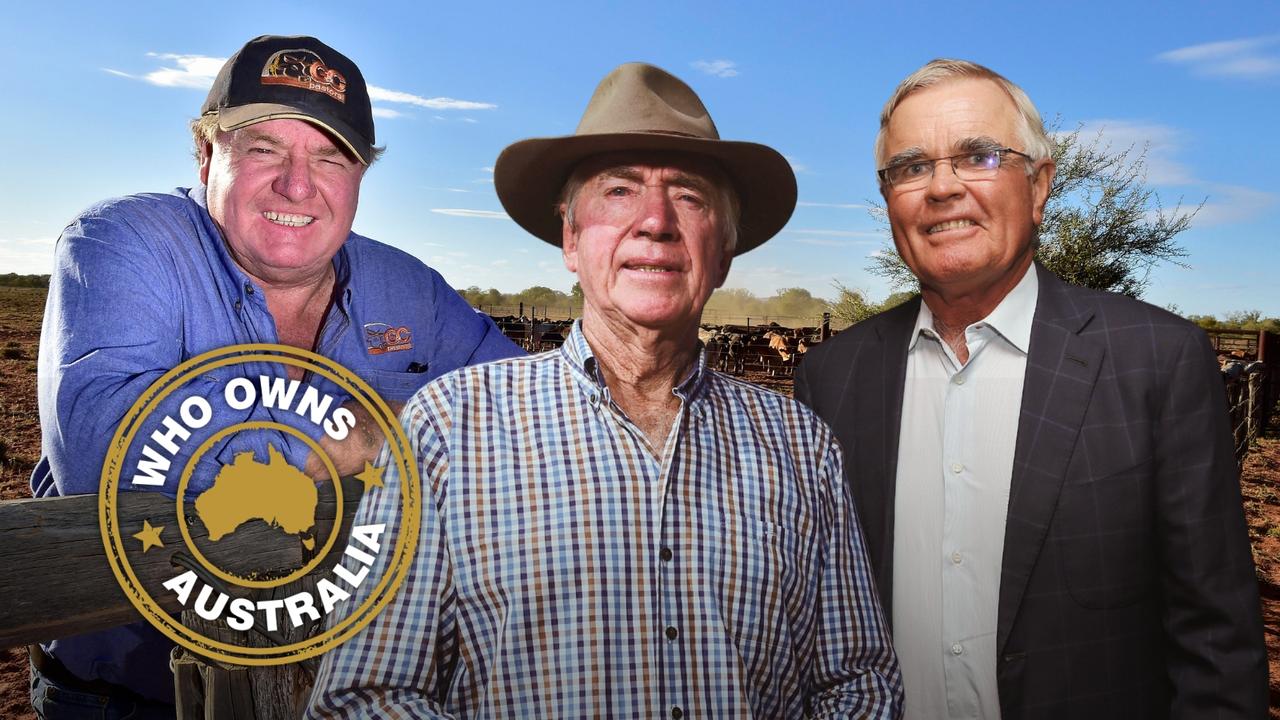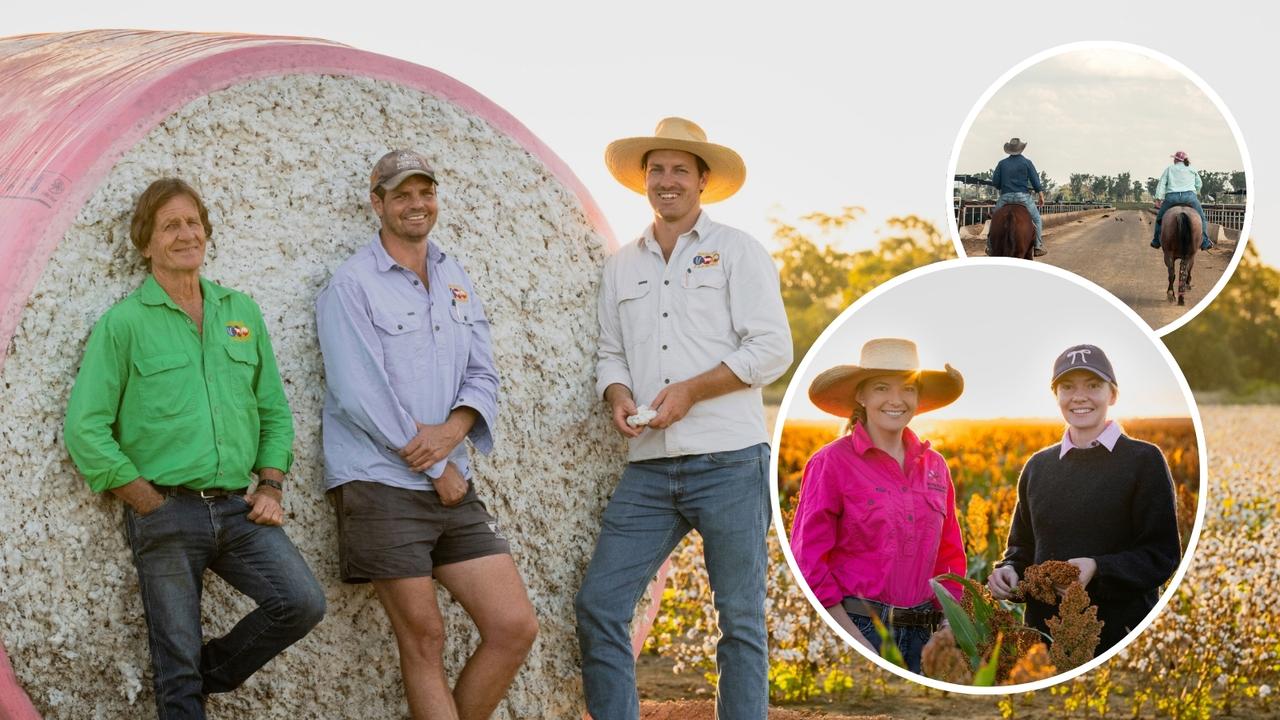Carbon farming: Graziers in far west NSW say business benefits from carbon projects
Offset projects have generated new income for graziers Noel and Jan McMahon in far west NSW, and an emerging market may offer incremental gains.
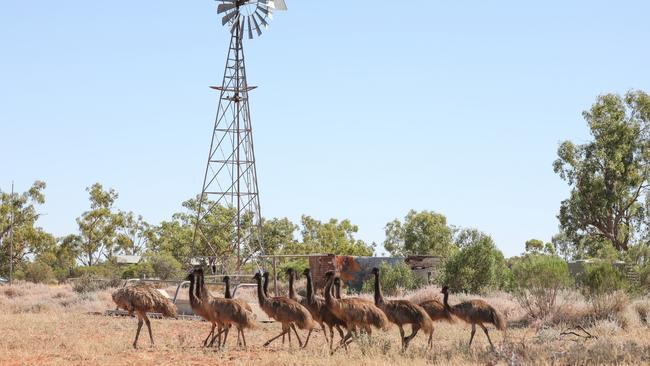
Graziers Noel and Jan McMahon are basking in the glow of three cracking seasons.
Glorious rainfall has brought their country in far west NSW roaring back to life, filling natural wetlands after drought gripped the region from 2017 to 2019.
But rain is not the only thing driving local landholder confidence in this remote pastoral community northwest of Bourke. Carbon farming has taken root here, and producers say the cash injection it has provided for farming businesses has been transformational.
THE MCMAHONS ON MAUREEN JOY
The McMahons run an environmental carbon project on their 16,385-hectare grazing property Maureen Joy, also home to their beef cattle enterprise.

They bought the land in 2008 to diversify when their farm at Deniliquin in the southern Riverina was struggling under the pressure of another drought.
“As you could appreciate, we bought the property and were carrying debt,” Jan says. “We had a lot of improvements to do, but with limited finance it was a really slow job to complete fencing and watering projects.
“When you’re borrowing money to buy a property, there’s not a lot of money to put back into it.”
Noel says they were “hesitant” about carbon abatement at first because “you think you might have to take the cattle off”.
“There is a lot of misinformation out there, with politicians saying that you just lock up land and walk away. But that’s not the case,” he says.
Jan, who did the initial research about carbon farming, says they found quite the opposite was true.
“When we took the project on we just ran our beef enterprise as we always had,” she says. As operators of a “human-induced regeneration” project, run in partnership with environmental investment group Green Collar, the McMahons have committed to take additional actions to store carbon through native plant and tree regrowth.
In their case this has meant adjusting the timing and location of grazing, improving management of feral animals and not destroying native regrowth. Their project is audited regularly, and earns one Australian carbon credit unit for every tonne of carbon dioxide-equivalent that is not released into the atmosphere. The units are sold by project manager Green Collar to the government or businesses wanting to offset their emissions, with income flowing back to the McMahons.
Their vast red country is now lush with native grasses and woody forest that provide refuge for echidnas, lizards, emus, black ibis and thousands of bright budgerigars. The ecosystem is thriving. But so too are their 100 fat cows and calves, managed more efficiently to maximise the health of the herd, soil, vegetation and biodiversity.
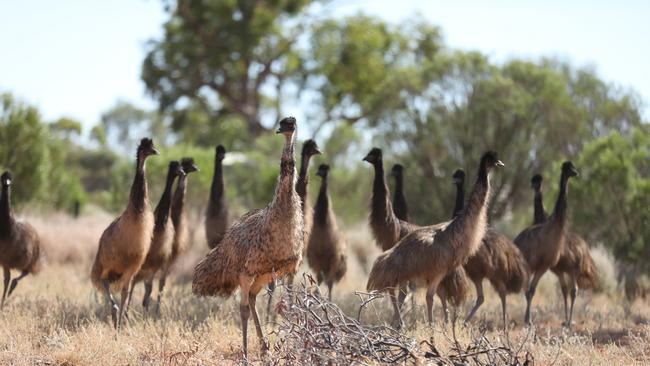
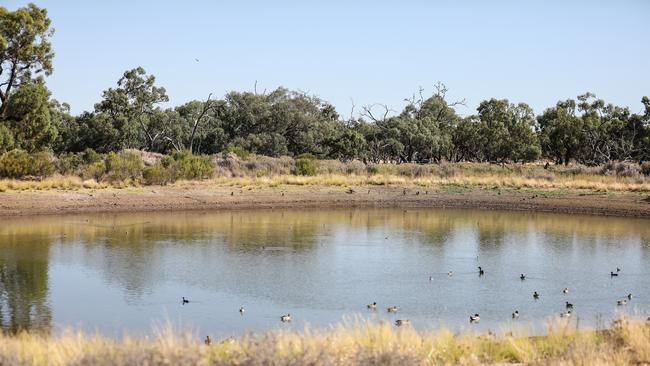
The situation is in stark contrast to five years ago.
“In the (2017-19) drought we had no water for two years. Everything left,” Jan says. “All the bees. Even the birds. You never saw any birds.
“We had to sell all our cattle in the drought, and the bore had caved in.”
She says one of the reasons wildlife has bounced back so quickly is income from the carbon project – now in its seventh year – has allowed them to fast-track on-farm investment in infrastructure. Despite no income flowing from the beef herd, the McMahons were still able to sink a new bore and install 35km of underground water pipeline across the property.
“We had another income stream, therefore it allowed us to put in more watering points, fencing, extra trap yards to trap more goats,” Noel says. “It has just improved the country out of sight.”
The end result has been more productive cattle, a boost to biodiversity and carbon storage, and a secure income that has allowed the couple to put in place a succession plan with their two adult children.
MIKE ROSSER
Fellow NSW grazier Mike Rosser owns four holdings west of Bourke, totalling 70,800 hectares, and runs three carbon credit projects, also in partnership with Green Collar.
Rosser says project income has revolutionised his operation, allowing him to make better stocking decisions and be more resilient to drought. He started with a shift out of sheep and goats, which are more profitable in the short term, to vegetation-friendly cattle.

“(Cattle) are just kinder on country, but need more fodder in a sense,” he says, “and we are achieving that by grazing and resting our country.
“Really (carbon projects) are underpinned by rotational grazing management and using ground-cover triggers for determining when you move animals. To move grazing animals where you want them, for the length of time you want, you need infrastructure; water, fencing. On 175,000 acres (70,800 hectares), it costs a lot of money.”
Rosser has used carbon income, which now accounts for about 25 per cent of his operation’s revenue, to fund that infrastructure. He says some critics of carbon farming ignore the huge benefits projects offer pastoral communities.
“Local families are buying local farms and having confidence to compete with international buyers,” he says. “They are not scared of drought as much because they have this environmental income. It has been a genuinely great thing that has happened in western NSW.”
Critics have also argued carbon abatement levels on some projects may have been overstated, but a recent independent review into Australian carbon credit units led by Professor Ian Chubb found the scheme was well designed. The review called for more transparency and oversight to ensure integrity and give the public, investors and landholders confidence in the scheme.
Rosser says integrity is why he partnered with Green Collar, which uses third-party auditors. It is also why he is so excited about the prospect of branching into biodiversity credits, which is an emerging market spearheaded by Green Collar with its new NaturePlus scheme.
Chief impact officer Nerida Bradley explains NaturePlus is a step-change from carbon.
“Currently in relation to carbon projects, they are very much focused on growth of vegetation. As you move into NaturePlus, you are doing much more diverse data collection,” she says.
Underpinned by the Accounting for Nature framework, each NaturePlus credit represents a one-hectare area of audited and certified improvement or maintenance of environmental condition – either native vegetation or koala habitat – over one year.
Rosser is an early partner in the emerging field, with a project close to offering credits to market. While still unsure how much demand there will be from investors for the new credits, he can’t see a downside to being involved.
“If we don’t get any money out of biodiversity credits, but our land isn’t degraded, then it is a win. Especially if it is not costing me any extra funds,” he says.
“The activities I have to take on to make sure a biodiversity project is a success are going to benefit the rest of my business. I will have more grass, more animals, more money. As simple as that.”



